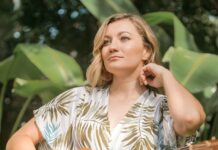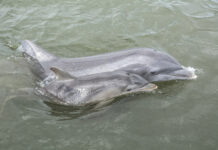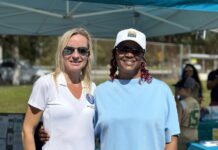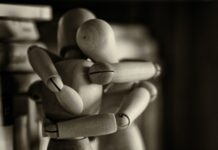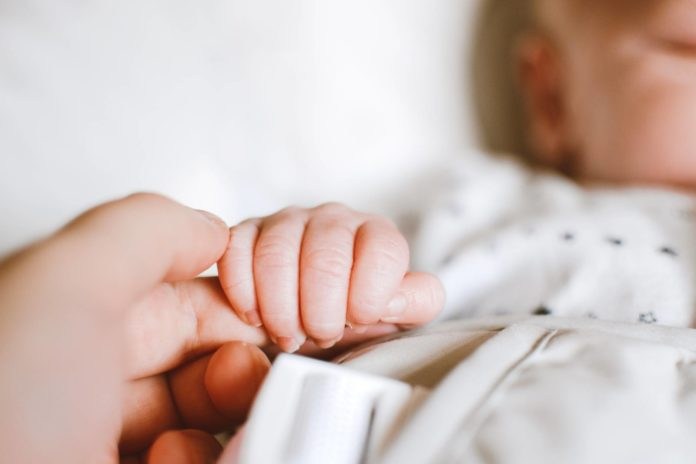
At the Department of Children and Families (DCF), we are working hard – not only to protect children from abuse and neglect, but also to prevent families from experiencing any kind of crisis in the first place.
A heartbreaking situation that we see far too often is infant death resulting from unsafe sleep practices. Sleep-related death in Florida is regularly the No. 1 cause of death for children younger than a year old. So far this year, more than 20 child fatalities have been reported to DCF that were determined to be sleep related, including a 2-month-old in Hillsborough County, who was found unresponsive while sleeping in bed with his mother; an 8-month-old baby from Seminole County who was found unresponsive on a futon, where he was placed to sleep; and in Miami-Dade County, a nearly 4-month old who was found unresponsive, wedged between the bed and another mattress that was there to protect him from hitting the wall. In Monroe County, no sleep-related infant deaths have been confirmed in 2020, and DCF wants to keep it that way.
While accidents happen, most, if not all, of these tragic cases could have been prevented if safe sleep practices were in play. The Florida Department of Health’s “Child Abuse Death Review Annual Report” found that a staggering 58% of all sleep-related deaths in 2019 took place in an adult bed. Bedsharing is a common practice that can end tragically. While some believe this creates a stronger bond between parent and child, the risks far outweigh the benefits.
Safe sleep focuses on three critical areas – putting babies to sleep alone, on their backs, in a crib, bassinet, or portable crib instead of a parental bed, couch, or soft surface.
Prevent Child Abuse Florida, the advocacy and prevention service unit within The Ounce of Prevention Fund of Florida, offers the following ABC guidelines for creating a safe sleep environment:
Alone: Do not put pillows, blankets, crib bumpers, toys, soft objects or loose bedding in a baby’s sleeping area. It is also critical to ensure strings, like window blind cords, are far out of the baby’s reach.
Backs: In 1992, the American Academy of Pediatrics began recommending that all babies be placed on their backs to sleep. Deaths from Sudden Infant Death Syndrome (SIDS) drastically declined after this recommendation. “Back to Sleep” should always be followed unless under direction from your child’s pediatrician.
Cribs: Babies should never sleep in adult beds or on couches and recliners, with or without a caregiver. Prevent Child Abuse Florida recommends placing an infant to sleep in a safe sleep environment with a firm mattress and snug-fitting sheet.
It is also now recommended for families to keep the baby’s crib, bassinet or other safety-approved sleeping surface in the parental room for the first year of life to reduce the risk of SIDS.
The ABCs of Safe Sleep highlight the top preventative measures to stop the No. 1 cause of infant fatalities. Be sure to discuss your safe sleep instructions with everyone who cares for your baby. Remember, many infant deaths can be prevented by creating the right sleep environment. For more information and tools, visit https://www.ounce.org/safe_sleep.html.
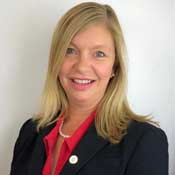
— Patricia Medlock, assistant secretary for child welfare at the Department of Children and Families









